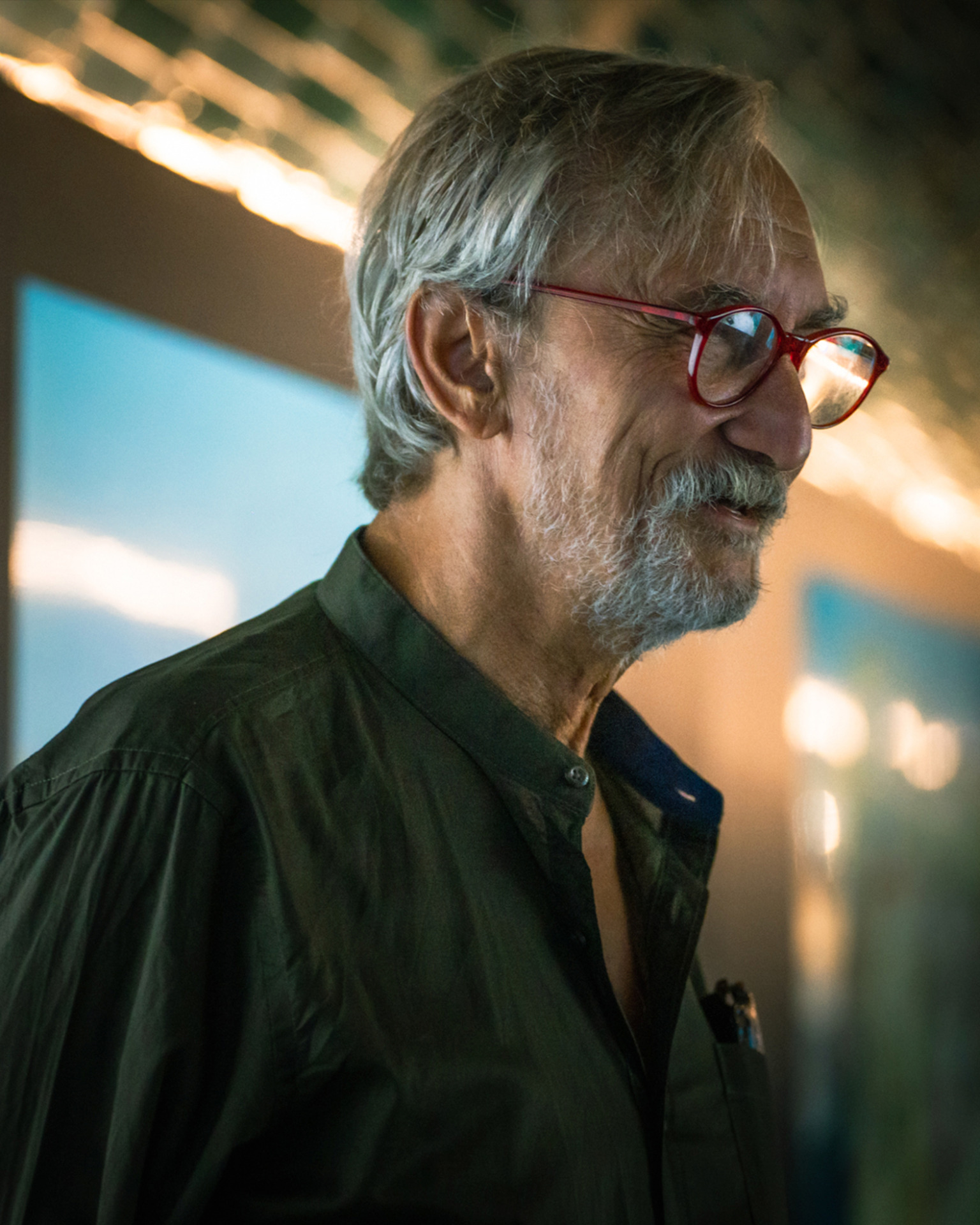
Roberto Di Caro
Born in 1953, he graduated in Literature and Philosophy from the University of Turin. Since 1977, he has worked as a journalist and editor, producing investigations on politics, society, trade unions, terrorism, and Italian culture. From 1983, he has collaborated with L’Espresso, creating national and international reports, including the last interview with Primo Levi and coverage from the former Soviet Union.
In the 1990s, he documented Tangentopoli, the rise of the Lega Nord, bullying, criminal cases, and cultural publications on authors such as Calvino and Schoenberg. Since 2001, he has covered wars and international crises in Afghanistan, Iraq, Ukraine, Iran, Pakistan, Russia, Turkey, Haiti, Darfur, and the Amazon. He has interviewed world leaders including Kissinger, Albright, Erdogan, and Salih, and has written on domestic politics, social movements, and organized crime. He is the author of essays, curator of photographic exhibitions, and a lecturer in journalism and reportage techniques at the University of Bologna.

Invasion Drama
16.09 – 15.10.2025
In these photographs, an almost unimaginable daily life unfolds: an Afghanistan without peace for decades, the mujaheddin on the front lines, the fall of the Taliban stronghold of Kunduz, the fight against Al Qaeda in Kurdistan, the frantic return to normality in Iraq after the fall of Saddam, and the attacks in Baghdad. Behind every face lies a story, a wound, a redemption.
The aim is to show the other side of conflicts, made not only of Kalashnikovs and tanks, but of people, ordinary life, children, women, and men in lands devastated by bombs in… wars that seem endless. By juxtaposing two realities, Afghanistan and Iraq, and allowing them to dialogue through various themes such as nomadism, war, cities, archaeology, and more, the work seeks to convey the complexities and contradictions of conflicts whose coordinates, reasons, and possible solutions too often escape us. 





